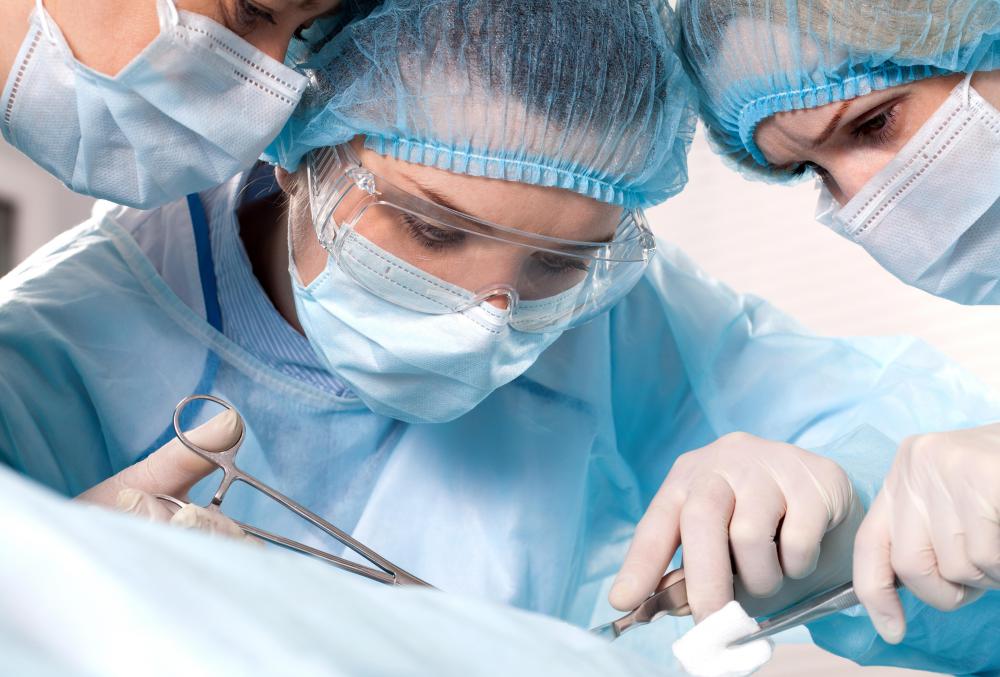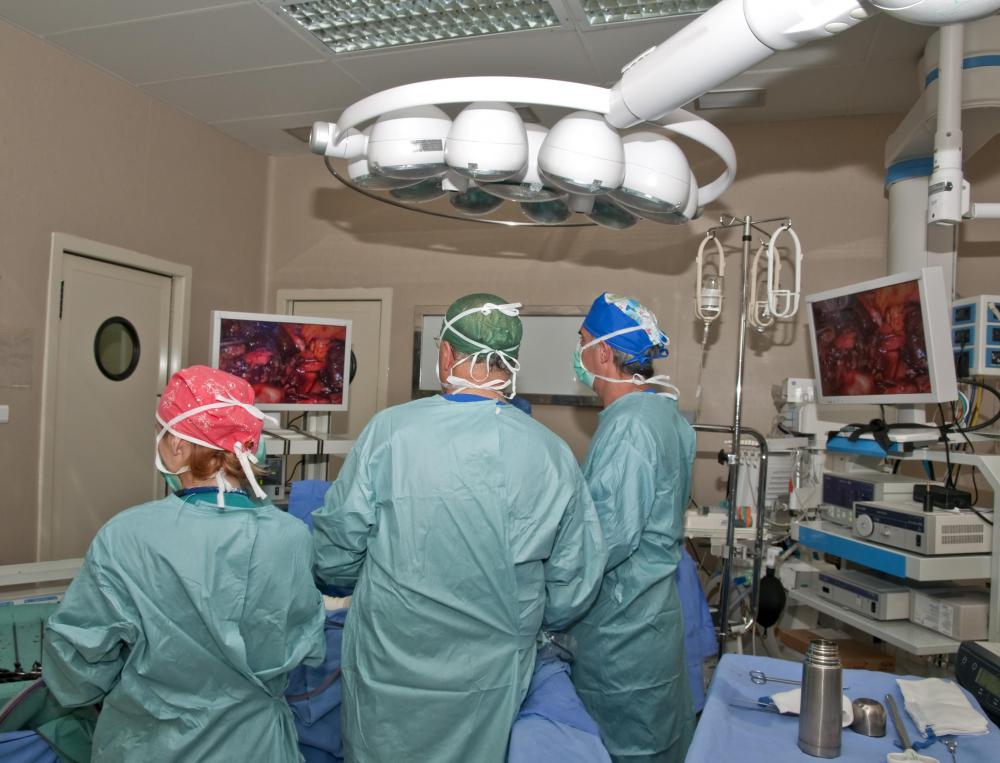At WiseGEEK, we're committed to delivering accurate, trustworthy information. Our expert-authored content is rigorously fact-checked and sourced from credible authorities. Discover how we uphold the highest standards in providing you with reliable knowledge.
What is Synovial Osteochondromatosis?
Synovial osteochondromatosis, or SOC, is a rare disorder in which the lining of joints, known as the synovial lining, grows abnormally. Lumps, or nodules, develop in the lining and may break off so that the joint becomes filled with what are called loose bodies. The disease is benign, or non-cancerous, but can cause pain, swelling and movement difficulties. Synovial osteochondromatosis occurs more frequently in middle-aged men, and is usually found in only one joint, with the knee being most commonly affected. Removal of loose bodies, using arthroscopic surgery, may be carried out to treat the disease.
There are two kinds of synovial osteochondromatosis, referred to as primary and secondary forms of the disease. Primary synovial osteochondromatosis arises by itself and the cause is not known. The secondary form of the disease develops in association with existing joint disorders such as arthritis or fractures. An existing disease can lead to the formation of fragments of bone or cartilage which become embedded in the synovial lining, causing cartilage to develop abnormally around them. Both primary and secondary synovial osteochondromatosis are rare diseases, and both are examples of what are called soft tissue disorders.

The loose bodies which develop in the joint as a result of synovial osteochondromatosis are able to receive nutrients from the synovial fluid in which they float. This means that loose bodies may continue to grow larger even though they are detached from the joint lining. Sometimes a process known as calcification occurs, where calcium enters the loose bodies, causing hardening. Calcified loose bodies are easier to see on X-rays, while other tests such as computerized tomography, or CT, scans may be required to see those which have not undergone calcification. Loose bodies may be associated with an increased amount of joint fluid, known as an effusion.

Synovial osteochondromatosis treatment usually involves a form of orthopedic surgery, known as arthroscopy. Arthroscopy is a type of keyhole surgery, where the operation is performed using specially adapted instruments inserted through small openings, together with a viewing device called an arthroscope. During the procedure, loose bodies are removed from inside the joint and any lumps embedded in the synovial lining are shaved off. While this form of surgery has been shown to work well for disease affecting the knee and shoulder, it is not yet certain whether it is beneficial in cases of synovial osteochondromatosis of the ankle or hip. In some people, the condition may recur after surgery.
AS FEATURED ON:
AS FEATURED ON:
















Discuss this Article
Post your comments